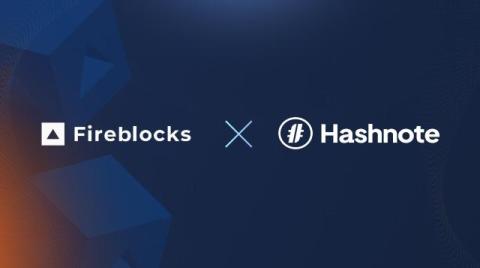Vital Signs of Software Dependencies: Understanding Package Health
As the vast majority of modern applications rely heavily on open-source software, dealing with updates for dependencies can become a major hassle for both developers and cybersecurity professionals. Every developer knows the pain of an update breaking their application. Manually determining which dependencies to run can become a massive time-suck, which is why many developers fall behind on updates, leaving applications open to vulnerabilities.










